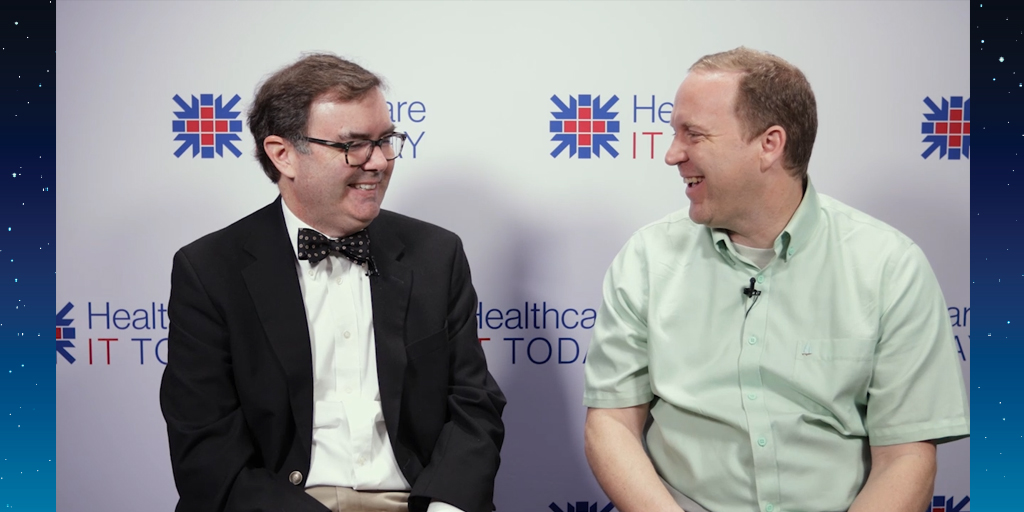DrFirst
Easy-Peasy: AI Simplifies a Complex Data Migration Project
As healthcare organizations continue to consolidate due to mergers and acquisitions, one of the big challenges they face is how to migrate data from multiple incompatible systems and make it accessible and usable for clinicians at the point of care. Medication history is one crucial type of data clinicians rely on to make informed care decisions and avoid potentially harmful errors.
At HIMSS22 last month, Robert Lackey, M.D., FAAFP, Chief Medical Information Officer at WellSpan Health, presented an educational session explaining how the health system merged patient medication, allergy, and immunization data from three legacy electronic health record (EHR) systems into a network-wide instance of Epic. Below, Dr. Lackey talks with John Lynn of Healthcare IT Today about how artificial intelligence (AI) ensured that the data was complete, clean, and functional in the new EHR without requiring time-consuming manual entry.
So, what were the results? Dr. Lackey shared that by using the SmartProcessorSM AI engine, chart conversion time was cut by half compared to manual conversion, requiring 6 to 7 minutes per chart versus 10 to 12 minutes when working manually. He also noted that the data migration project was completed at 60% less than the budgeted amount, which was due to both the DrFirst solution as well as some workforce benefits related to remote work.
Let’s face it, migrating and converting a large amount of data can be a complex process. But by harnessing the power of AI, health systems can address discrepancies and variations from legacy EHRs, infer missing data with context to prevent blank fields, and give clinicians more time for patient interaction instead of data entry. Or, as Dr. Lackey puts it, “Easy-peasy.”

















